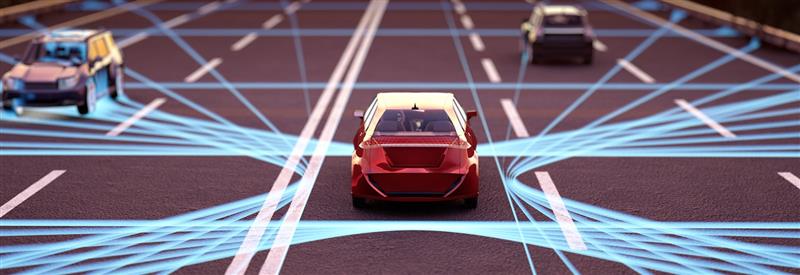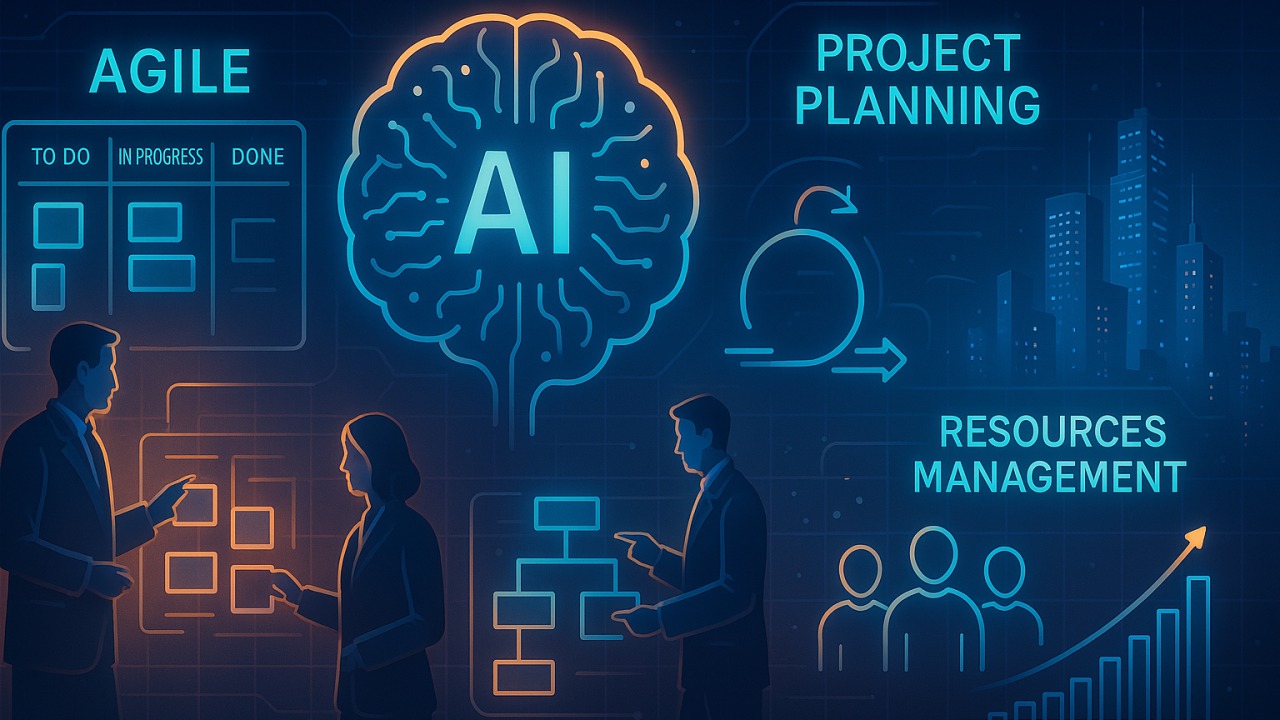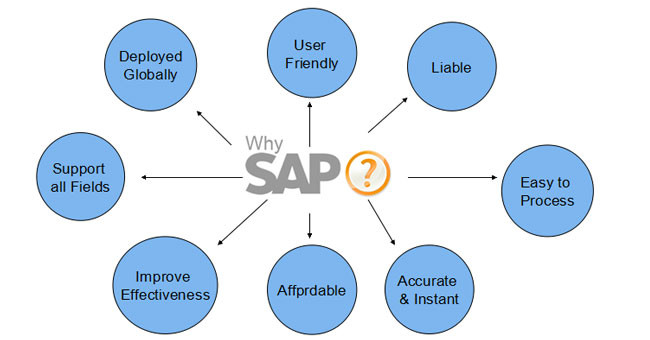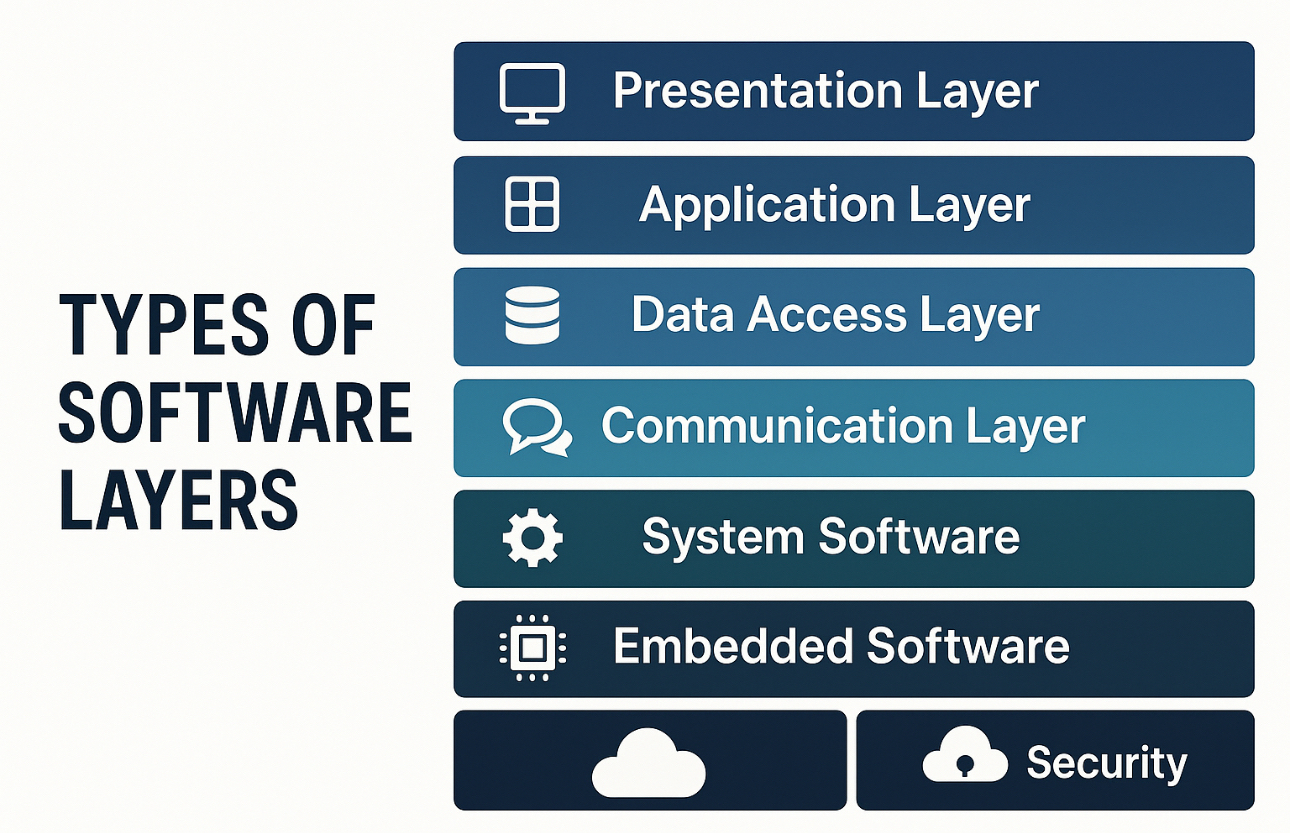
Take a moment and picture yourself behind the wheel in India. Honking rickshaws, buses that stop mid-lane, cows meandering across intersections, and an endless swirl of vehicles of every size and shape. Now imagine a car that can navigate all of that—without a driver.
Autonomous driving software promises a revolution in mobility, but bringing it to Indian roads isn't just a question of technology—it's a test of adaptability, ingenuity, and ambition.
---
📍 Why India Is a Unique Challenge
India’s road conditions aren’t exactly textbook material for tech labs in Silicon Valley. Unlike the relatively predictable environments in places like Arizona or Germany, India’s cities are a kaleidoscope of variables:
· Lack of lane discipline: Drivers often create their own paths.
· Diverse vehicle types: From two-wheelers to tractors, all share the same space.
· Unpredictable pedestrians and animals: Anyone or anything can pop up at any moment.
· Patchy infrastructure: Frequent potholes, faded road markings, and unreliable signals.
These real-world complexities demand software that isn’t just intelligent—but deeply intuitive. Indian roads require machine learning models trained not just on simulations but on cultural nuance.
---
🛠️ Building Autonomous Intelligence for India
What goes into a system that can drive itself in Mumbai traffic?
Autonomous driving software typically includes four major modules:
1. Perception: Using cameras, radar, and lidar to understand the environment.
2. Localization: Pinpointing the vehicle’s location using GPS and onboard mapping.
3. Planning: Choosing a path that balances safety and efficiency.
4. Control: Executing the path through acceleration, steering, and braking.
In India, the software must stretch beyond the norm. For instance:
· Perception models must be trained to recognize not just vehicles, but also animals, hand gestures from traffic police, and chaotic human behaviour.
· Planning algorithms must handle sudden lane changes, detours created by street vendors, and shared road usage with pedestrians.
· Localization has to cope with GPS inaccuracies due to dense buildings and map irregularities.
Companies like Minus Zero (Bangalore-based), Swaayatt Robots, and even Tata Elxsi are attempting to crack this code.
---
🚦 Regulation and Readiness
The autonomous vehicle journey isn’t just about innovation—it’s about regulation. Globally, driverless cars are categorized into five levels of autonomy. India sits largely at Level 2, with features like adaptive cruise control and lane assistance starting to appear in luxury models.
Full Level 4 or 5 autonomy—which means no driver intervention—remains aspirational. There are a few key roadblocks:
· Legal ambiguity: Who’s liable in case of an accident involving an autonomous car?
· Testing permissions: Trials of autonomous vehicles on public roads are rare and often discouraged.
· Standardization gaps: There’s no consistent framework governing autonomous software architecture or performance benchmarks.
That said, India’s draft policies on autonomous vehicle testing suggest that the government is warming up to the idea—albeit cautiously.
---
🌇 Urban Versus Rural Divide
Autonomous driving software has to grapple with two distinct Indias.
· Urban areas like Bengaluru, Delhi, and Pune offer higher connectivity, better mapping infrastructure, and more data collection opportunities. These are ideal zones for early adoption and pilot testing.
· Rural regions, however, present a whole different terrain. Fewer road signs, intermittent internet access, and erratic road conditions require hyper-resilient systems.
For software developers, this split means training models to handle both high-density traffic and long stretches of poorly marked roads—and doing so with efficiency and scalability.
---
📈 The Role of Indian Startups
India’s vibrant tech ecosystem is a hotbed for innovation, and several startups are venturing into autonomous driving.
· Minus Zero is developing what it calls “nature-inspired AI,” aiming to handle unstructured environments with minimal sensor dependency.
· Swaayatt Robots from Bhopal focuses on advanced autonomous navigation in non-laned, highly dynamic Indian traffic.
· Companies like Flux Auto and Ati Motors are building autonomous trucking and delivery platforms tailored for logistics hubs and industrial use cases.
These startups aren’t trying to replicate Western models—they’re building India-first solutions.
---
⚡ How Electric Vehicles and 5G Fit In
India’s shift towards electric vehicles (EVs) and faster internet could boost autonomous technology adoption.
· EVs provide a modern platform for integrating autonomous software—clean, connected, and increasingly equipped with smart dashboards.
· 5G connectivity will enable low-latency communication between vehicles and infrastructure, making real-time decision-making more reliable.
Imagine a future where your car not only drives itself but also communicates with traffic signals, nearby vehicles, and even road conditions ahead—all in milliseconds.
---
👥 Human Drivers vs. Autonomous Systems
One of the lingering debates is whether autonomous software can match—or surpass—Indian drivers' reflexes and intuition.
Let’s be honest: Indian drivers are famously adaptive. They read subtle cues, anticipate unpredictable behavior, and often make decisions that defy textbook logic but work out anyway.
Teaching software to mimic that requires more than just deep learning—it takes contextual training and cultural exposure. That’s why simulation labs in India are now building scenario libraries grounded in local driving behaviors.
Autonomous driving won’t replace Indian drivers overnight. The goal is cohabitation—building systems that assist rather than overthrow.
---
🚚 Logistics, Delivery, and the First Movers
While personal vehicles may be years away from full autonomy, India’s logistics and delivery sectors are ripe for disruption.
· Warehouse automation is already integrating autonomous robots.
· Delivery drones and ground bots are being tested for urban packages.
· Long-haul trucking is a prime candidate for AI-led navigation—especially for nighttime runs on national highways.
Startups and conglomerates are investing in autonomous fleet management systems that prioritize safety, fuel efficiency, and route optimization.
---
🧠 Ethical, Social, and Cultural Questions
Autonomy isn’t just a technical concept—it brings social change.
· Will self-driving cars eliminate jobs for millions of drivers?
· How will trust be built with consumers who are unfamiliar or skeptical?
· How do you program ethics into a machine? Who decides what’s “right” in a moral dilemma?
In India, where livelihood and community are deeply tied to driving professions, these questions aren’t theoretical. They touch lives directly.
Experts argue that autonomous systems should be introduced gradually—with retraining programs, hybrid systems, and transparent policies to support the transition.
---
🛤️ Looking Ahead
India may not be the first country to field driverless cars on every street corner, but it could lead in creating systems that are resilient, affordable, and localised.
Here’s what might lie ahead:
· Hybrid mobility systems that combine human and machine drivers.
· Autonomous public transport pilots in controlled zones like smart cities.
· AI-assisted driving schools, training humans alongside machines.
As infrastructure, internet speed, and EV adoption improve, autonomous driving software will inch closer to reality—an India-specific reality.
---
🚙 Final Thoughts
The question isn’t whether autonomous driving software can work in India—it’s how it can adapt. In a country defined by its contradictions, chaos, and charisma, software will need to be more than intelligent—it’ll need to be empathetic.
That means understanding the street vendor who moves his cart with a nod and a gesture. Recognizing the cow that won’t be hurried. Accepting that "rules" are sometimes more suggestion than mandate.
So when you finally see an autonomous car navigating through Chandni Chowk or speeding past tractors on NH-44, remember: it wasn’t just software—it was a story of local ingenuity, stitched together with silicon and soul.
Post a comment Cancel reply
Related Posts
Empowering Business Analysts: How AI is Revolutionizing Agile Practices
In today's fast-paced digital landscape, Agile methodologies are no longer optional— they're essential for organizations…
What is SAP? How does it work?
The full form of "SAP" is “Systems Applications and Products in Data Processing” which is…
Optimizing React Performance: An Advanced Guide for Scalable Applications
In today’s fast-paced digital ecosystem, software systems have become the backbone of every enterprise’s technological…
Types of Software Layers
In today’s fast-paced digital ecosystem, software systems have become the backbone of every enterprise’s technological…


















